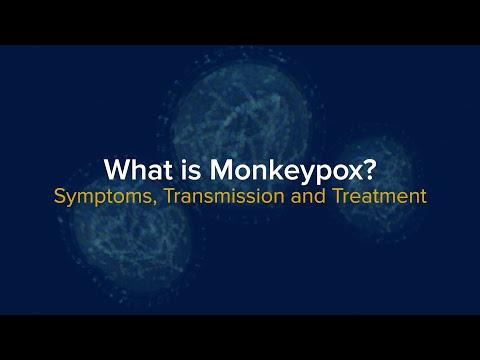What is MPX?
You may have heard about MPX infections occurring throughout the nation on the news. SCUSD is providing the following information to you from the California Department of Public Health that may help answer some of your questions:
What is MPX?
MPX is a viral illness that has been circulating in California and the U.S. since Spring 2022. Though going to a public setting such as school, workplace, or restroom is a Minimal Risk and the current risk to the general public is low according to the California Department of Public Health, anyone can get monkeypox. It’s good to be aware of signs and symptoms to keep you and others safe.
MPX usually begins with flu-like symptoms, then progresses into a rash and sores on the body. Risk to the general public is still low, but cases are increasing in the U.S. and California. The virus primarily spreads from close skin-to-skin contact (hugging, kissing, sexual/intimate contact) and sharing items (bedding, towels, clothing) with someone who has symptoms. It’s important to understand which activities increase your exposure risk to help keep you and your community safe.
If you’ve been exposed to MPX or have symptoms, call a healthcare provider or your local health department and notify your work or school site. Learn more about monkeypox at go.cdph.ca.gov/monkeypox.
HOW DOES IT SPREAD?
Touching: Skin-to-skin contact (hugging, kissing, sexual activity) with someone who has symptoms.
Sharing Items: Sharing items (clothing, bedding, towels) used by someone with symptoms.
MPX can spread through close interactions from talking, coughing and breathing near someone for a long period of time. This mainly happens when living with or caring for someone with symptoms.
WHAT ARE THE SYMPTOMS?
A rash that can look like pimples or blisters that appears on the face, inside the mouth, and on other parts of the body, like the hands, feet, chest, genitals, and anus.
- FEVER
- BODY
- ACHES
- SWOLLEN LYMPH NODES
- HEADACHE
- CHILLS
- EXHAUSTION
HOW IS IT PREVENTED?
- Avoid close contact, including sexual contact, with people who are sick or have a rash.
- Avoid sharing bedding, towels, clothing, cups and utensils with people who have symptoms. Items should be cleaned and disinfected before used by others.
WHAT SHOULD YOU DO IF YOU HAVE SYMPTOMS?
- Contact a health care provider immediately.
- Isolate at home until rash is gone, the scabs have fallen off, and a fresh layer of skin has formed.
- If you have an active rash or other symptoms, stay in a separate room or area away from people or pets you live with. If you need to be around others in your home (i.e., caring for children or family members), cover up sores/rash and wear a mask.
When possible, the person with MPX should change their own bandages and handle their linens while wearing disposable gloves, followed by immediate handwashing after removing gloves. Symptoms can start anywhere from 5–21 days after an exposure.
IS THERE TREATMENT OR A VACCINE?
Treatment: Most people have mild symptoms and do not require treatment. A health care provider may recommend treatment to reduce your symptoms.
Vaccine: People who meet certain exposure and risk criteria may be eligible for a vaccine. Contact a health provider or your local health department with questions.
California Department of Public Health Information
August 2022 © California Department of Public Health

